1. Bats Blamed for Pandemics
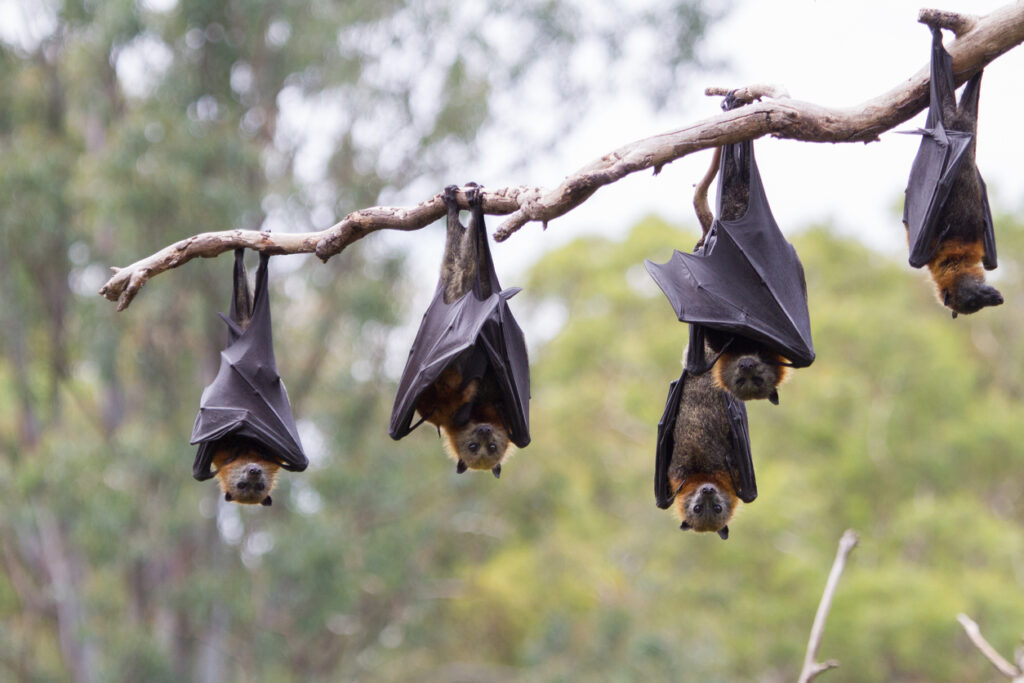
Bats have long been cast as villains when new diseases emerge, often portrayed as dirty creatures that spread sickness. But scientists point out that bats play an important role in ecosystems, eating insects and pollinating plants. The real problem arises when humans destroy forests, expand cities, and push into wild habitats. This close contact creates conditions where diseases can jump from animals to people. Blaming bats overlooks the fact that human activity usually sets the stage for outbreaks. In truth, bats are more victims of human encroachment than threats, and protecting their habitats could reduce the very risks people fear.
2. Cats Blamed for the Plague
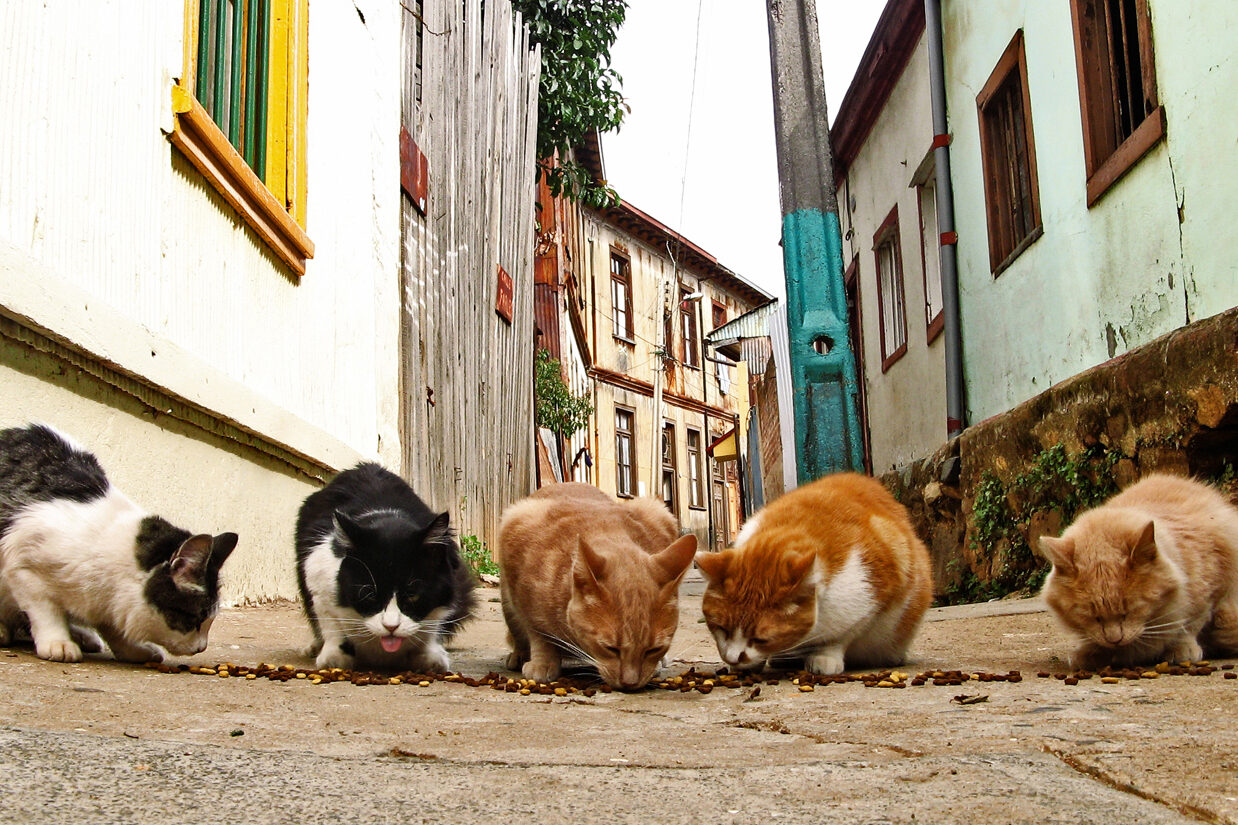
During the Black Death in the 14th century, cats were killed in huge numbers because people believed they spread the plague. Ironically, this decision made things worse. Cats naturally hunt rats, which were the real carriers of plague-infested fleas. By wiping out cats, humans allowed rat populations to explode, fueling the spread of the disease. This tragic misunderstanding shows how fear can turn helpful animals into scapegoats. Cats, far from being a danger, could have actually slowed the plague’s devastation if people had understood their role in controlling rodents.
3. Sharks Blamed for Overfishing
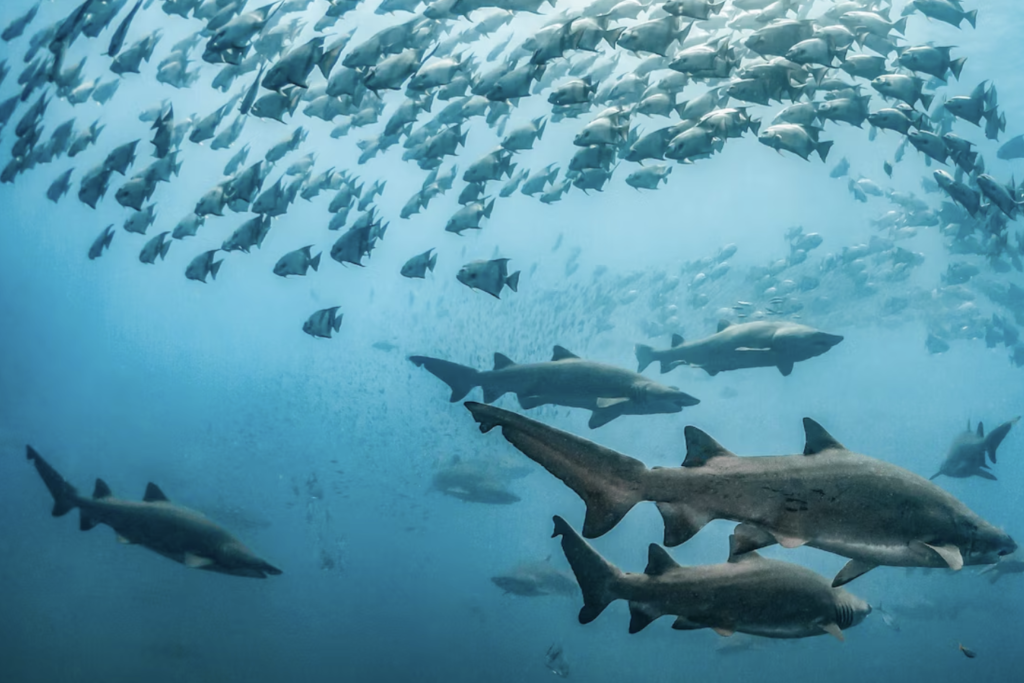
Sharks have often been unfairly accused of depleting fish stocks, seen as ruthless predators competing with humans for seafood. For years, fishermen and even governments claimed sharks were a threat to valuable fisheries. But the reality is that commercial overfishing, not sharks, is the leading cause of declining fish populations. Industrial trawlers, unsustainable fishing practices, and weak regulations have devastated marine ecosystems. Meanwhile, shark populations themselves have plummeted due to overhunting for fins and bycatch. Instead of being villains, sharks are a crucial part of healthy oceans, keeping ecosystems balanced in ways that ultimately benefit people too.
4. Wolves Hunted for Livestock Loss
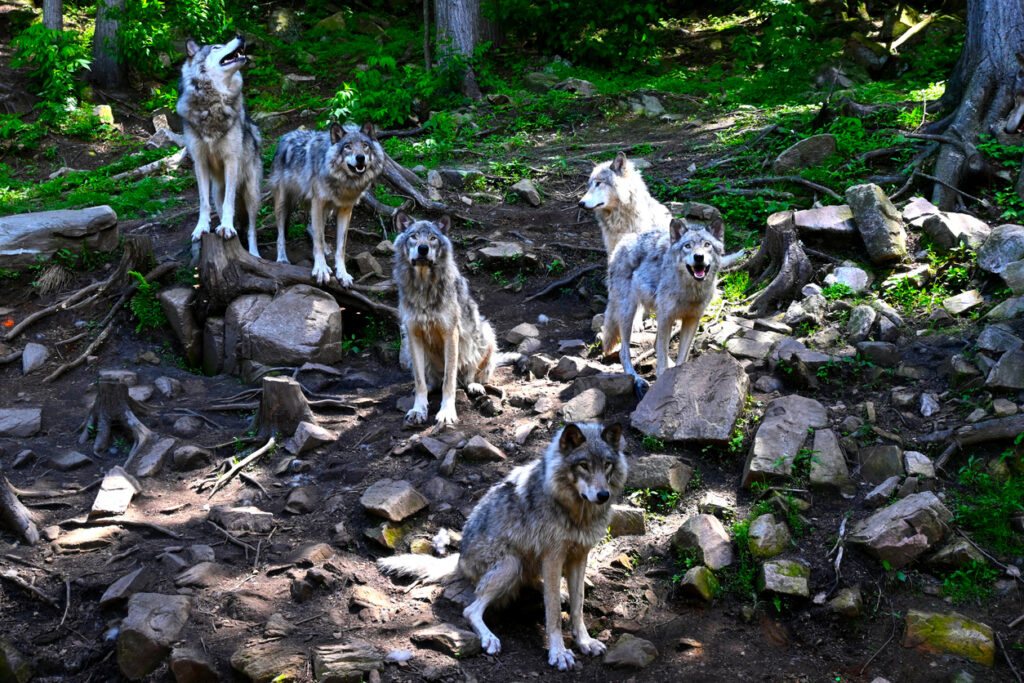
For centuries, wolves were seen as enemies of farmers, accused of killing sheep and cattle. In many parts of Europe and North America, this led to massive hunting campaigns that nearly wiped them out. Yet, in most cases, wolves were blamed without clear evidence, and studies later showed that livestock deaths often came from disease, neglect, or other predators. Wolves naturally hunt deer and elk, which helps keep wild populations in check and ecosystems balanced. Where wolves have been reintroduced, such as in Yellowstone National Park, they’ve restored ecological health. The old fear-driven stories about wolves overlooked their vital role in nature.
5. Rats Blamed for Trash Problems
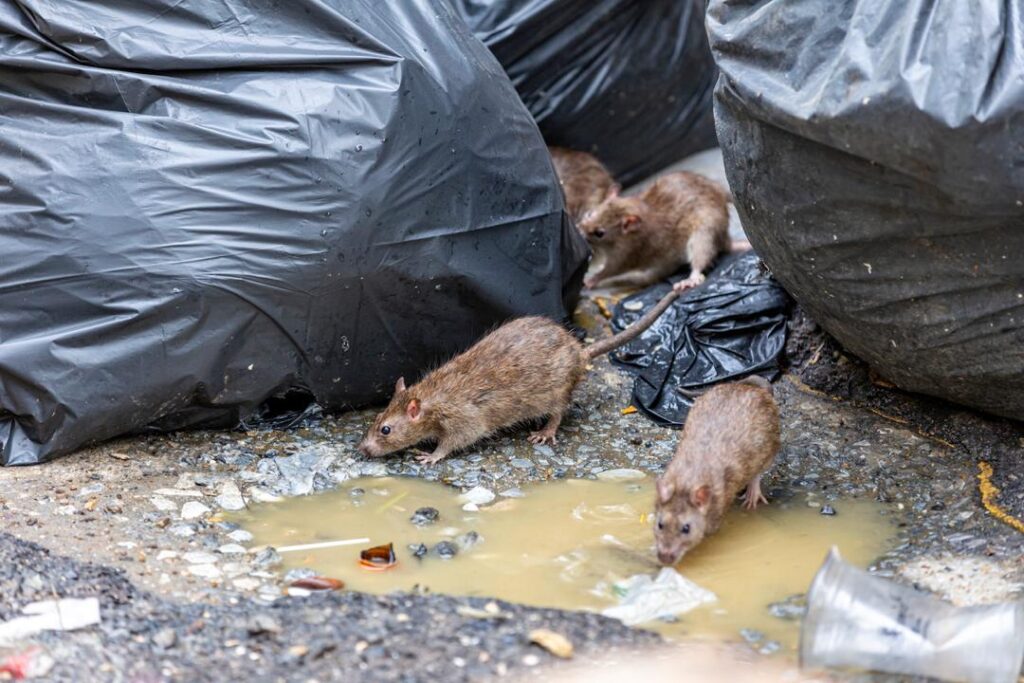
Rats are among the most disliked urban animals, often accused of being dirty nuisances that spread disease. While it’s true they thrive in cities, their booming populations are not the rats’ fault but ours. Human waste, overflowing garbage, and poor sanitation create the perfect environment for rats to multiply. In effect, rats are just taking advantage of the conditions we provide. Cities that improve waste management and sanitation see dramatic declines in rat problems, proving the issue is human-caused. Rather than blaming rats, focusing on how we handle our trash is the real solution.
6. Whales Blamed for Sinking Ships
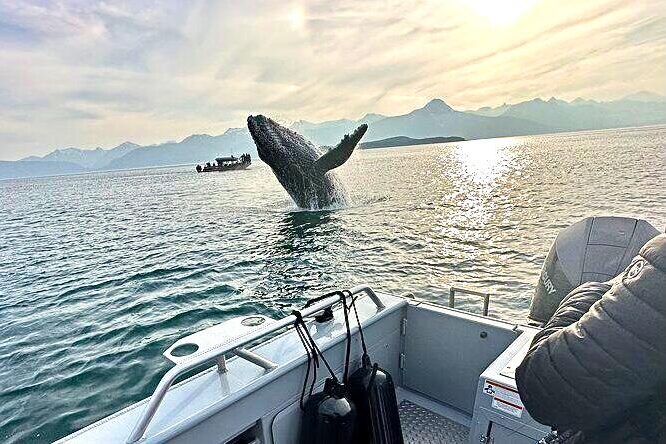
In early seafaring folklore, whales were often described as terrifying beasts that could overturn ships or swallow sailors whole. Stories of giant sea monsters fed into these fears, even though there was no evidence that whales attacked humans unprovoked. In reality, it was humans who hunted whales relentlessly for oil, baleen, and meat, pushing many species to the brink of extinction. The myth of whales as ship-wreckers was a way of justifying fear and violence toward them. Today, with protections in place, we better understand that whales are peaceful giants whose survival was threatened not by their nature, but by human exploitation.
7. Pigeons Called Flying Pests
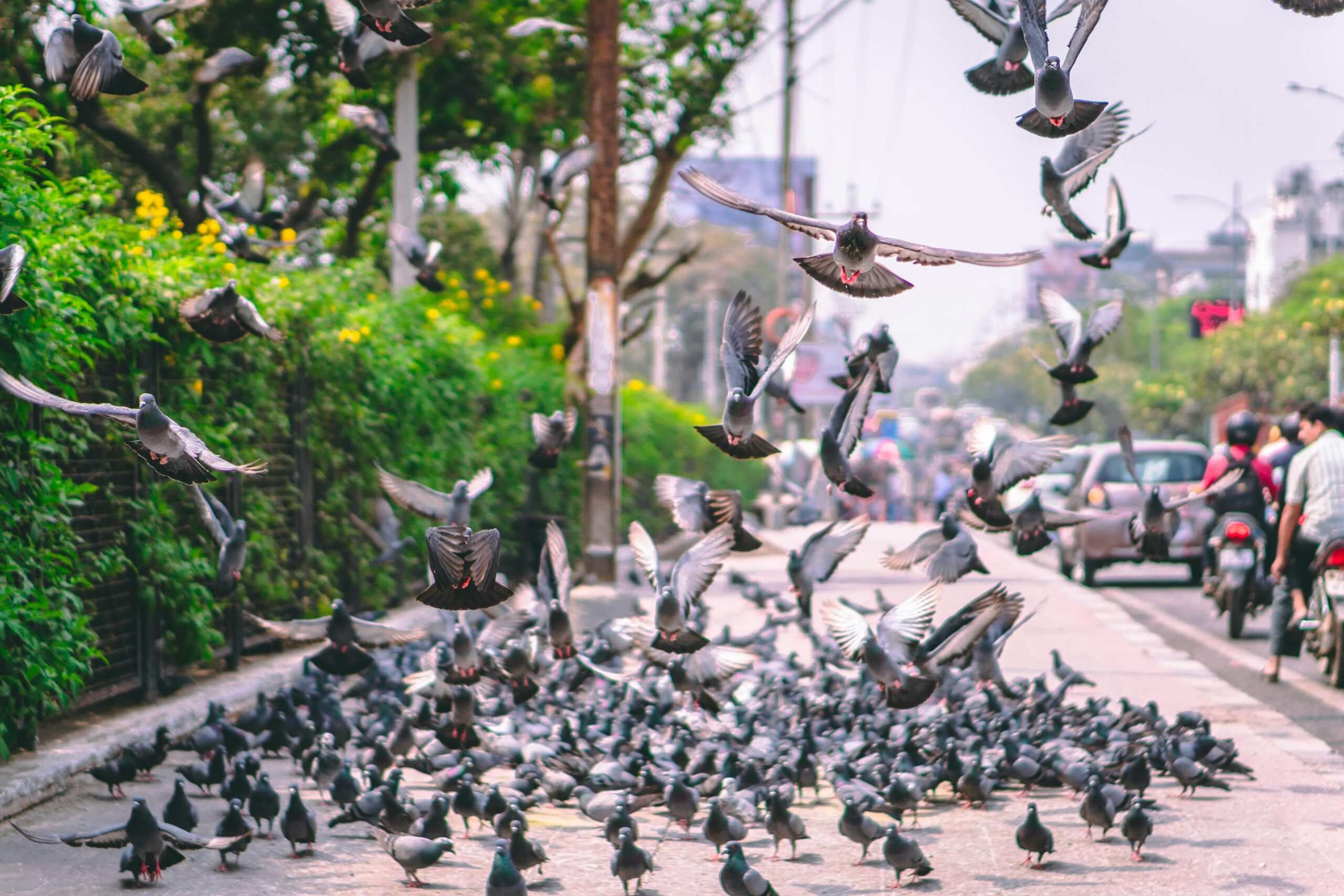
Pigeons once held a place of honor in human history, serving as vital messengers during wars and even helping save lives with their reliability. But as cities grew, pigeons became so common that they were suddenly seen as pests, accused of being dirty and disruptive. Their large numbers, however, are largely the result of urban overpopulation and the food waste humans leave behind. Pigeons simply adapted to the environments we created, thriving in places where people provided plenty of scraps. The shift from respected allies to unwanted nuisances reflects more about how humans changed than about the birds themselves.
8. Beavers Blamed for Flooding
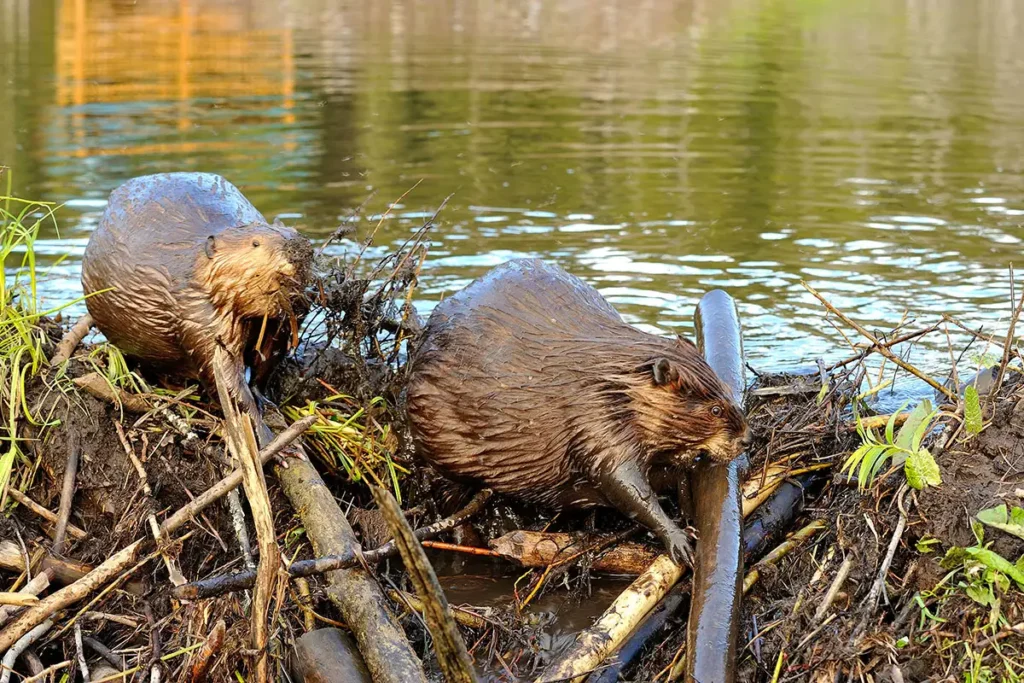
Beavers are often accused of causing destructive floods with the dams they build across rivers and streams. While it’s true their dams change water flow, these structures also create wetlands that support diverse wildlife and improve ecosystems. In contrast, human actions like deforestation, urban sprawl, and poor land management have far more damaging impacts on flooding. Ironically, beaver dams can help reduce flooding by slowing water movement and improving soil absorption. Blaming beavers overlooks their role as natural engineers, who often help more than they harm, while the biggest problems come from human environmental disruption.
9. Snakes Blamed for Evil
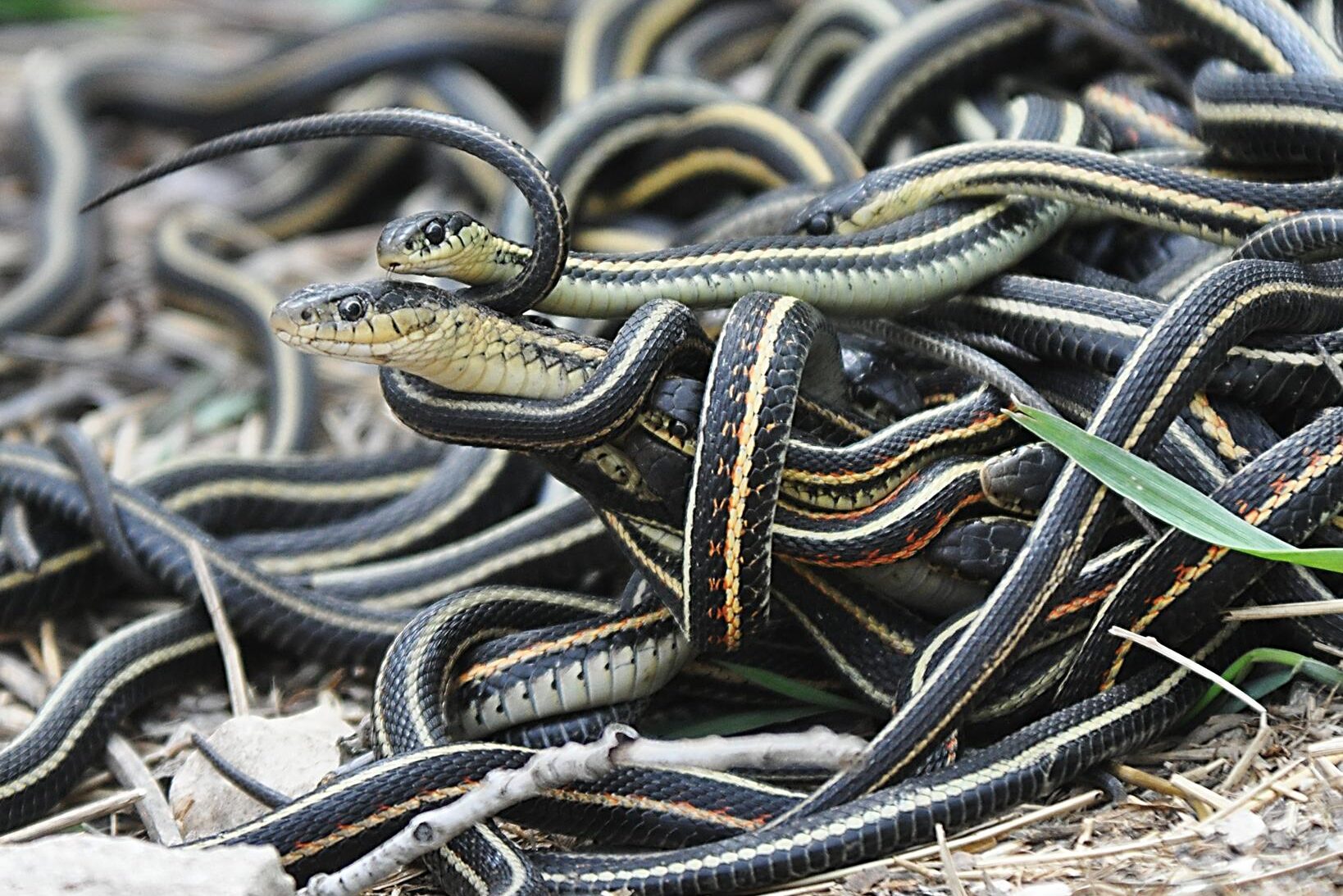
Across many cultures, snakes have been cast as symbols of danger or evil, leading to widespread fear and destruction of their habitats. Religious stories and myths often reinforced the idea that snakes were malicious, which in turn justified killing them on sight. Yet snakes are essential for keeping ecosystems balanced, controlling rodent populations that spread disease and damage crops. Most snake species are not venomous and pose little to no threat to humans. The centuries-old fear has caused needless harm to snake populations and weakened ecosystems, showing how myths can overshadow scientific reality and ecological importance.
10. Coyotes Blamed for Pet Deaths
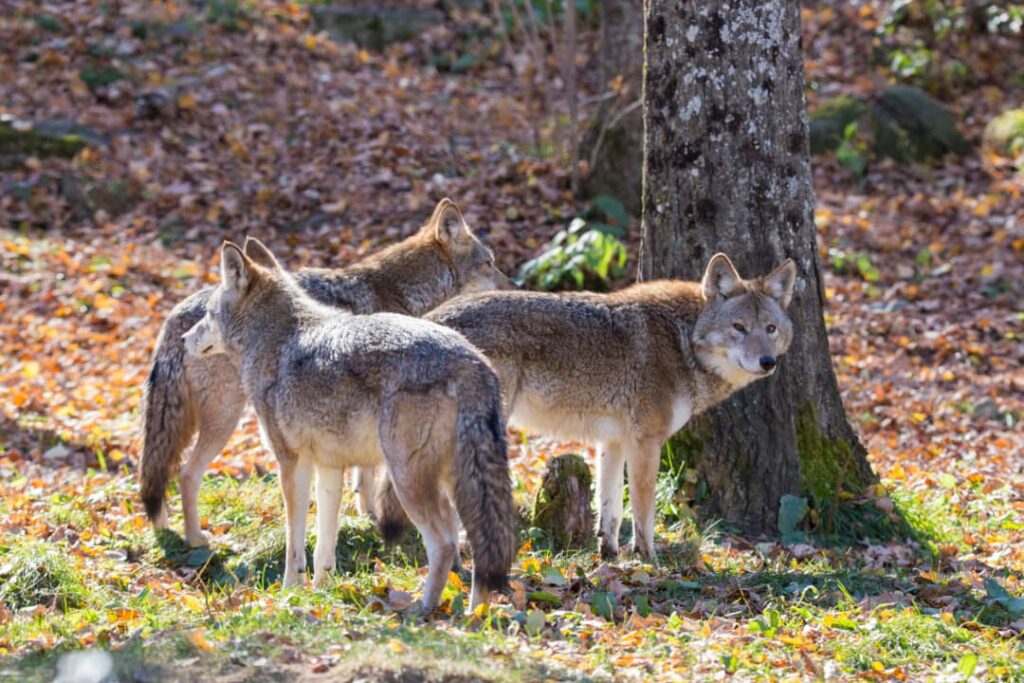
Coyotes are frequently portrayed as menacing predators in suburban neighborhoods, blamed for attacks on cats and dogs. While occasional incidents occur, studies show that coyotes primarily survive on small rodents, fruit, and food scraps. The real issue is that human development often pushes coyotes closer to communities, while unsecured garbage and outdoor feeding create easy meals that draw them in. By taking simple steps like securing trash and keeping pets indoors at night, people can reduce conflicts. Blaming coyotes ignores the fact that human activity often drives them into closer contact, making coexistence a more balanced solution.
11. Elephants Blamed for Crop Damage
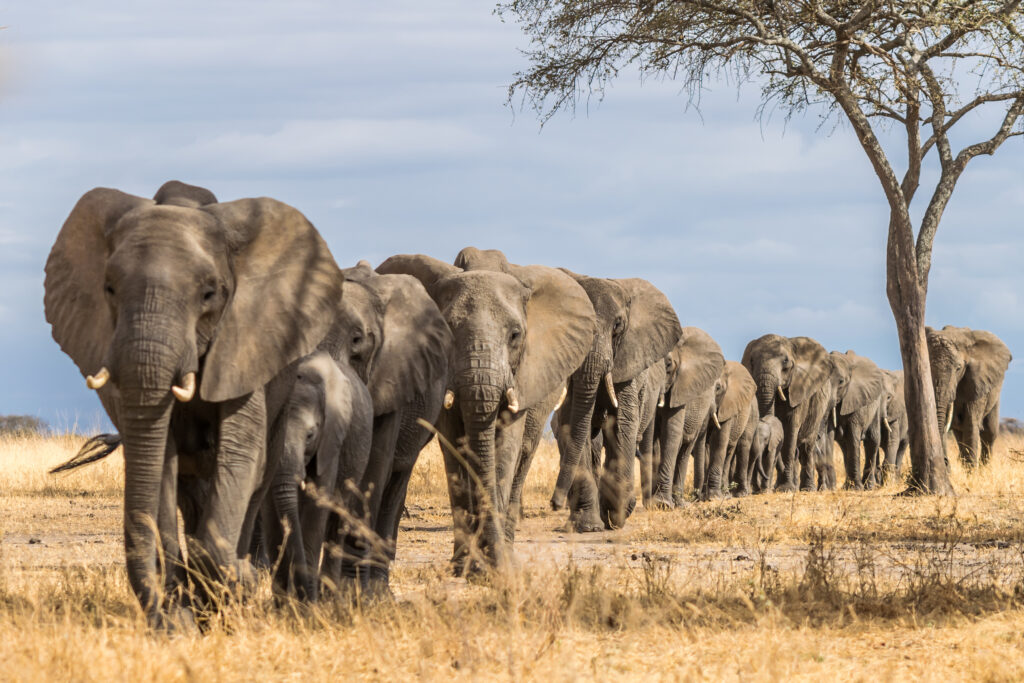
In parts of Africa and Asia, elephants are often killed or driven away because they trample fields and eat crops, leading farmers to see them as destructive pests. But the real cause of these conflicts is shrinking elephant habitats, as farmland and towns expand into areas where elephants once roamed freely. With fewer natural food sources, elephants are left with little choice but to search for food in human settlements. Instead of blaming the animals, conservationists suggest solutions like wildlife corridors, protective fencing, and community programs that balance farming needs with elephant survival. The problem is not that elephants are harmful, but that human activity has left them with nowhere else to go.
This story 11 Times Humans Blamed Animals for Disasters, But It Was Really Our Fault was first published on Daily FETCH


